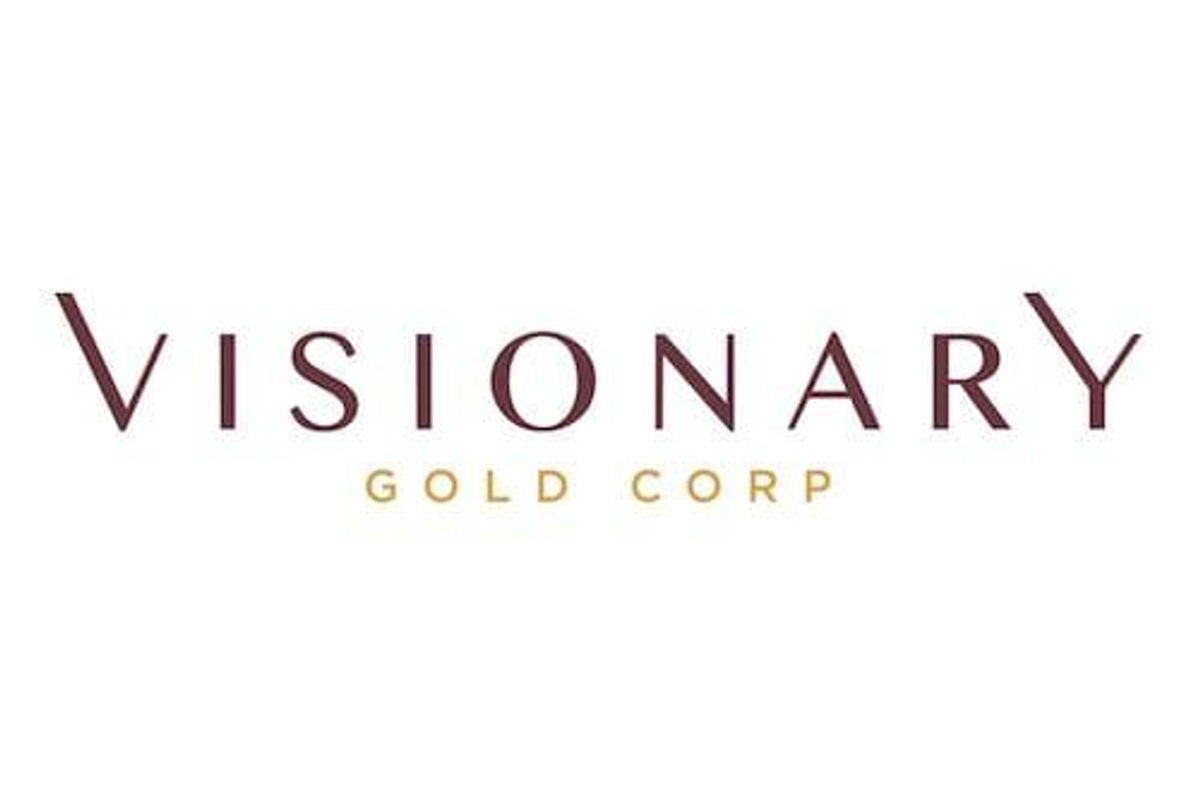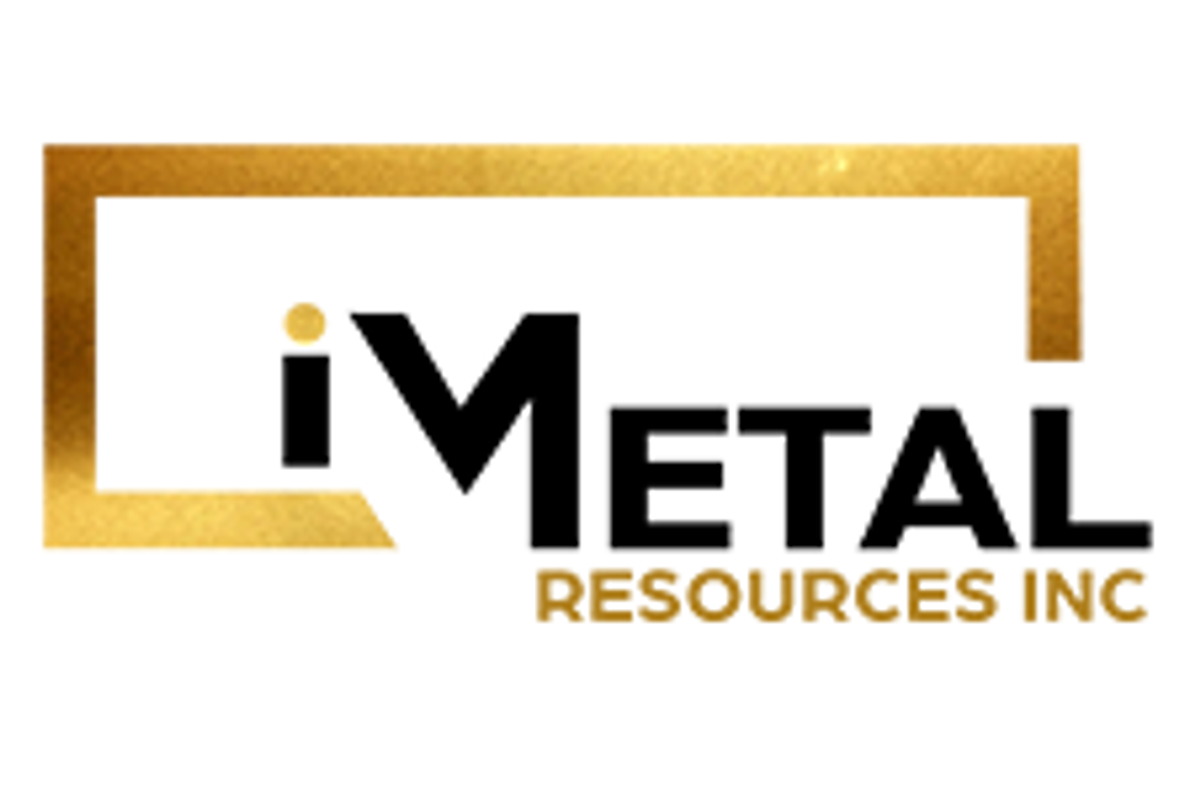
(TheNewswire)

VANCOUVER, British Columbia - TheNewswire - January 18 th , 2021 - Visionary Gold Corp. (" Visionary " or the " Company ") (TSXV:VIZ) is pleased to announce that Mr. Drew Clark has joined its Board of Directors. Mr. Clark has been Vice President of Corporate Development for Metalla Royalty & Streaming Ltd. since 2017 where he has assisted in growing the company's portfolio from 18 royalties and streams to 62 in little over 3 years, during which time the company's market cap has increased more than 12-fold to over $600M. Mr. Clark has fifteen years of experience within the mining sector as a research analyst, investment banker and corporate development professional. Prior to his role at Metalla, he held the position of VP Corporate Finance covering royalty and streaming companies at a boutique Toronto-based investment bank. Mr. Clark's corporate development career includes Carlisle Goldfields and Premier Royalty Corp. which were acquired by Alamos Gold and Sandstorm Gold, respectively. Drew obtained his Bachelor of Commerce Degree from McGill University and is a CFA Charterholder.
Visionary CEO Wes Adams states, "We are very happy that Mr. Clark has accepted the invitation to join our Board of Directors. He has a very strong mining background and firsthand experience building successful companies. Utilizing his deal-making skills, extensive network and company building expertise will be an important aspect of Visionary's growth going forward as we advance our flagship Wolf Gold Project and continue to build our new company."
Visionary is also pleased to announce that it has staked new claims on its Wolf and Miz Claim groups along the Lewiston Gold Trend and has leased mineral rights on 2,960 acres of lands owned by the State of Wyoming located within the past producing Miner's Delight Formation in Fremont County. Visionary's land holdings now total 25.02km 2 , up from the 10.25km 2 announced September 30 th , 2020.
Furthermore, Visionary held its Annual General and Special Meeting of Shareholders on Thursday, January 14, 2021, where Visionary shareholders unanimously approved the reappointment of John Kanderka, Wesley Adams, Marc Blythe, Darren Lindsay and the key addition of Drew Clark as Directors of the Company. Shareholders also approved the reappointment of DeVisser Gray LLP as the Company's auditors as well as the Company's Stock Option Plan.
Visionary Gold Corp. , (TSX-V: VIZ) is a precious metals focused, mineral exploration company based in Vancouver, British Columbia, Canada, with Operations in Wyoming, USA. The Company is currently focused on the Wolf Gold Project, in Fremont County Wyoming, USA. For additional information, please visit the Company's website at: https://www.visionarygoldcorp.com/
Contact:
Wes Adams, Chief Executive Officer
410-325 Howe Street
Vancouver, British Columbia, CanadaV6C 1Z7
Tel: (303) 809-4668
Notice Regarding Forward-Looking Statements
This news release contains "forward-looking statements" within the meaning of Canadian securities legislation. These include, without limitation, statements with respect to the advancement of the Wolf Gold Project. Forward-looking statements are necessarily based on a number of estimates and assumptions that, while considered reasonable, are subject to known and unknown risks, uncertainties and other factors which may cause actual results and future events to differ materially from those expressed or implied by such forward-looking statements. Such factors include, but are not limited to capital and operating costs varying significantly from management estimates; the preliminary nature of metallurgical test results; delays in obtaining or failures to obtain required governmental, environmental or other project approvals; uncertainties relating to the availability and costs of financing needed in the future; inflation; fluctuations in commodity prices; delays in the development of projects; and the other risks involved in the mineral exploration and development industry generally. Although the Company believes that the assumptions and factors used in preparing the forward-looking statements are reasonable, undue reliance should not be placed on these statements, which only apply as of the date of this news release, and no assurance can be given that such events will occur in the disclosed time frames or at all. Except where required by law, Visionary disclaims any intention or obligation to update or revise any forward-looking statement, whether as a result of new information, future events, or otherwise.
Neither the TSX Venture Exchange nor its Regulation Services Provider (as that term is defined in the policies of the TSX Venture Exchange) accepts responsibility for the adequacy or accuracy of this release.
Copyright (c) 2021 TheNewswire - All rights reserved.






